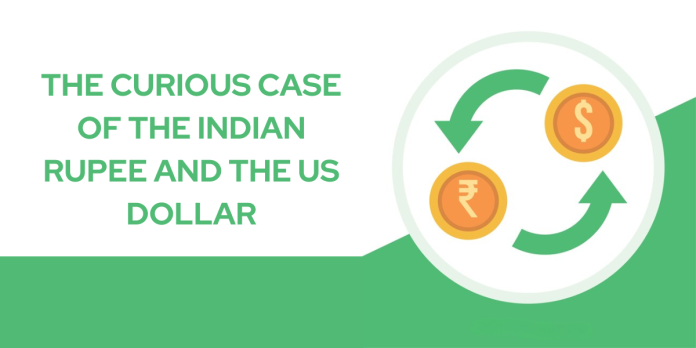Imagine a world where a steaming cup of chai in Mumbai costs the same as a venti latte in New York City. Sounds fantastical, right? Well, that’s the dream of Purchasing Power Parity (PPP), a fascinating economic concept that adjusts exchange rates to reflect the true cost of living in different countries.
Today, we’ll embark on a journey to understand PPP, using the intriguing case of the Indian rupee and the US dollar as our compass.
Bridging the Gap: What is PPP?
Think of PPP as a magic currency converter that reveals the actual buying power of different currencies. It does this by comparing the prices of a basket of goods and services in different countries. So, if that chai in Mumbai costs Rs 10 and the latte in New York costs USD 3, PPP would tell us that Rs 1 is roughly equivalent to USD 0.30 (cents). This adjusted exchange rate, different from the market rate you see on the news, paints a more accurate picture of how much people can buy with their local currency.
Rupee vs. Dollar: A tale of two worlds
Now, let’s dive into the specific case of India and the US. At the current market exchange rate, roughly Rs 80 is equal to USD 1. However, according to PPP, the picture is quite different. The World Bank estimates that Rs 1 has the same purchasing power as approximately USD 0.13 (cents). This means that things are, on average, six times cheaper in India compared to the US!
Read: Mind-Blowing Facts About Indian Currency
What Does This Mean?
This PPP-adjusted exchange rate tells us a few interesting things:
- Indians get more bang for their buck: With a weaker rupee, Indians can buy more goods and services with their income compared to Americans. For instance, a basic meal that costs USD 10 in the US might only cost Rs 150 in India.
- Lower standard of living, but not by as much: While things are cheaper in India, it’s important to remember that wages are also significantly lower. So, while Indians can buy more with their rupees, their overall standard of living is still lower than that of Americans.
- PPP is not perfect: It’s crucial to understand that PPP is an average and doesn’t capture all the nuances of different economies. Prices can vary greatly within countries, and PPP doesn’t account for factors like quality, availability, or cultural preferences.
The Takeaway
Understanding PPP helps us see beyond the simple exchange rate and gain a deeper appreciation for the relative value of different currencies. It allows us to compare living standards across countries in a more meaningful way, fostering a sense of global economic fairness. While chai might not cost exactly the same as a latte, PPP reminds us that true value lies not just in numbers, but in the ability to live a fulfilling life within our economic realities.
Know: Global Economic Challenge
So, the next time you hear about exchange rates, remember the curious case of the Indian rupee and the US dollar. PPP, with its basket of goods and adjusted rates, offers a glimpse into a world where currencies are not just numbers, but tools for understanding the true cost of living across borders.
And who knows, maybe one day, that steaming cup of chai and that venti latte will truly cost the same – a testament to a world where economic parity bridges the gap between nations.


